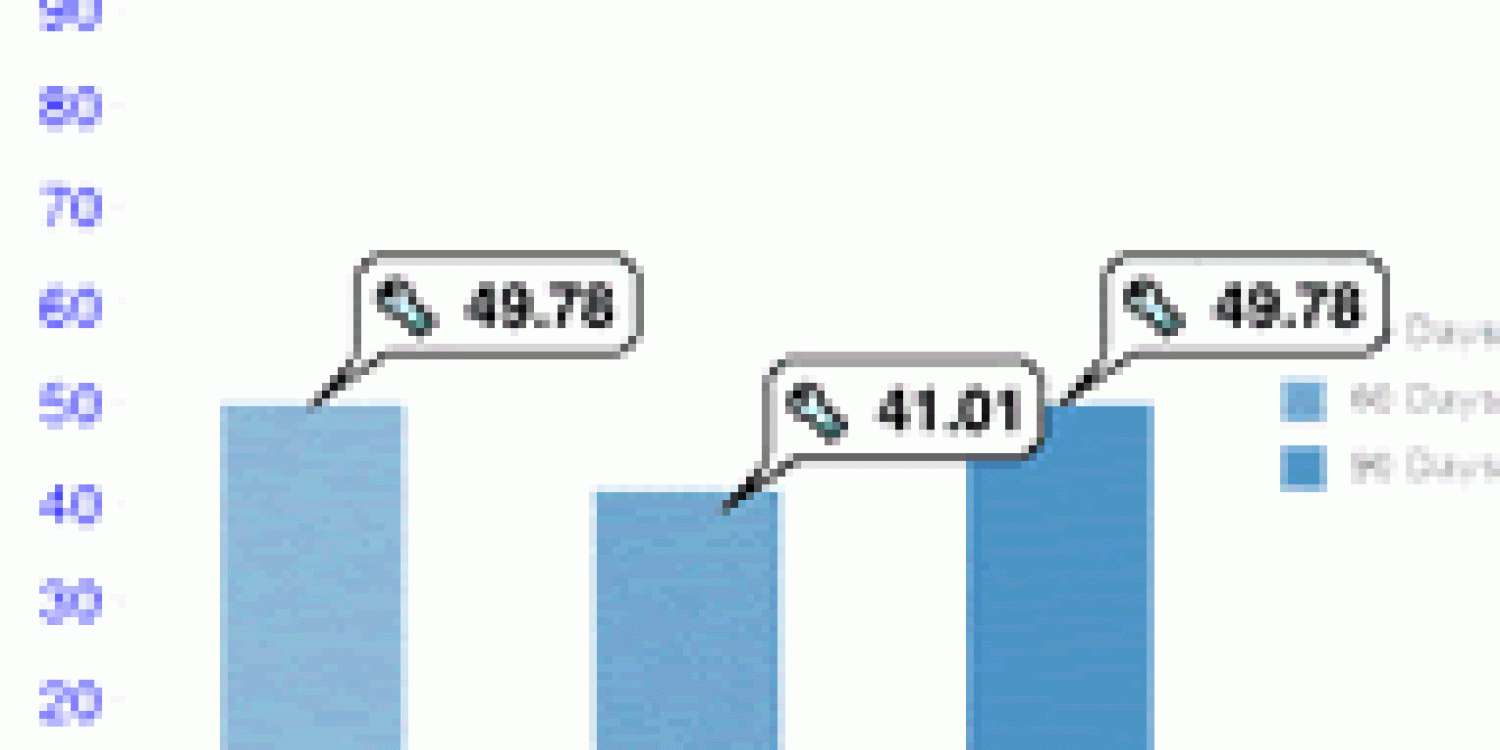Accounts Receivable Collection Period, Days Sales Outstanding in Receivables (DSO)
Because of the importance of cash in the management of your company, it is in your best interest to collect outstanding debts as soon as possible. By quickly converting sales into cash, you have the chance to put the money to reuse – to reinvest and make more sales.
The DSO (Day Sales Outstanding) can be used to determine if a business wants to hide weak sales, or is generally ineffective in putting money in. Most companies calculate their DSO quarterly or annually and use that information to determine how quickly their customers pay their bills.
Days Sales Outstanding (DSO)
In tough economic times, it is particularly important to carefully manage your A/R. Unfortunately, the traditional way of measuring the performance of Accounts Receivable is severely damaged. The method is so precise that you need precise measures.
Days sales outstanding (DSO) is the number of days needed to recover their debts over a period of time. It is an important business economic indicator because it shows the age of the accounts receivable of a business and the average time it takes to convert those receivables into cash. DSO shows how many days worth of sales is due but not paid within a specified period. Having a higher DSO can cost you money. A good indicator, the DSO should not exceed 33% to 50% of the conditions of sale. If these conditions are 30 days, an acceptable DSO or “safe collection period” is from 40 to 45 days. A receivable DSO terms of 15 of the last days is a candidate for collection. Keep in mind that the less money being invested in accounts receivable, the more money can be used for investment in your business or creating dividends.






